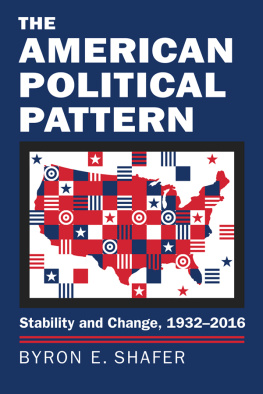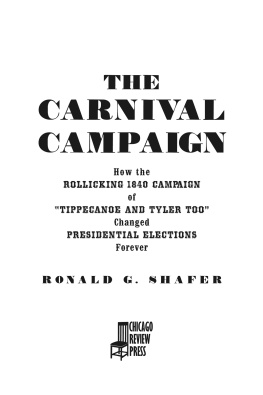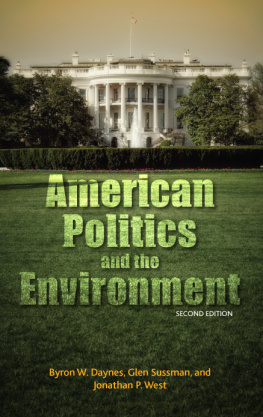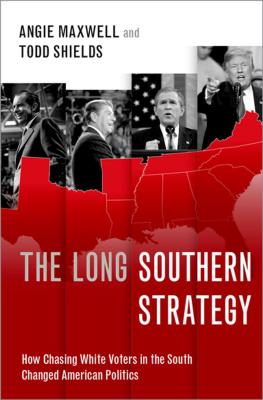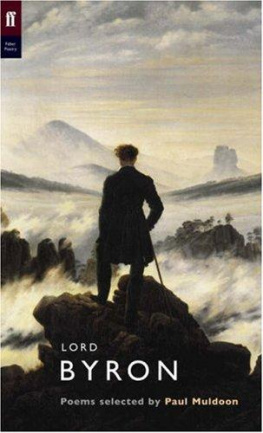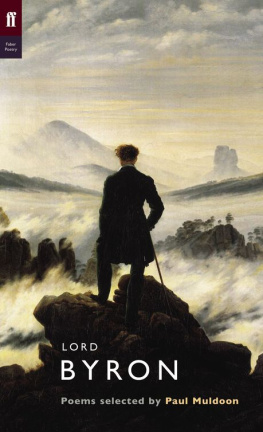2016 by the University Press of Kansas
All rights reserved
Published by the University Press of Kansas (Lawrence, Kansas 66045 ), which was organized by the Kansas Board of Regents and is operated and funded by Emporia State University, Fort Hays State University, Kansas State University, Pittsburg State University, the University of Kansas, and Wichita State University
Library of Congress Cataloging-in-Publication Data
Names: Shafer, Byron E., author.
Title: The American political pattern : stability and change, 1932 2016 /Byron E. Shafer.
Description: Lawrence : University Press of Kansas, 2016 . | Series: Studies in government and public policy | Includes bibliographical references and index.
Identifiers: LCCN 2016026156 | ISBN 9780700623266 (hardback : acid-free) | ISBN 9780700623273 (paperback : acid-free) | ISBN 9780700623280 (ebook)
Subjects: LCSH: United StatesPolitics and government 1933 1945 . | United StatesPolitics and government 1945 1989 . | United StatesPolitics and government 1989 | Political cultureUnited States. | BISAC: POLITICAL SCIENCE / Government / General. | POLITICAL SCIENCE / Political Process / Political Parties. | POLITICAL SCIENCE / Political Ideologies / Democracy.
Classification: LCC JK .S 4429 2016 | DDC .dc
LC record available at https://lccn.loc.gov/ 2016026156 .
British Library Cataloguing-in-Publication Data is available.
Printed in the United States of America
10 9 8 7 6 5 4 3 2 1
The paper used in this publication is recycled and contains percent postconsumer waste. It is acid free and meets the minimum requirements of the American National Standard for Permanence of Paper for Printed Library Materials Z.- 1992 .
Unremember changes.
Act , Scene , George Orwells Nineteen Eighty-Four
Adaptation by Adam White, Lookingglass Theatre Company
For
Richard F. Fenno Jr.
Charles O. Jones
and
David R. Mayhew
Preface: An American Political Pattern?
The popular complaint about current American politics is everywhere. Politicians are polarized. Public opinion is volatile. Government is gridlocked. Journalists then add their usual bias to this contemporary complaint. What is happening in our time has never been seen before. And it is, of course, the shape of politics for all time to come. Yet no one feels compelled even to try to tell you where the modern world came from, what causes it to hang around, and, by extension, what might cause it to go. Those are the concerns that motivate this volume.
To get at them, we need a picture of the overarching structure of American politics at diverse points in time. We need a small set of key elements that repeatedly structure this politics. We need an extended period in which these key elements can interact, ideally in differing ways. And we need a process of policy-making that emerges from this interaction, a diagnostic process that can be comparedthat itself evolvesacross time. At any given point, the result contributes to the big picture in American politics. Across time, it tells a story of political stability and, especially, political change. Without these pictures, we cannot know where we are.
Any such picture relies heavily on previous research on American politics as it has itself evolved during the long period in question. This is the evidence that has to be organized in order to talk intelligently about where the contemporary world came from and what sustains it. So a set of concepts that organizes a search for the big picture must simultaneously organize this evidence, putting it into a relationship of greater and lesser generality and power. All political phenomena are not created equal, and even the most careful research cannot make it so. Some phenomena are epiphenomena of others. Too much political research proceeds in implicit ignorance of that fact.
To cut directly to the chase: a framework that can allow the ongoing structure of American politics to emerge, both at a given point and across time, depends on a small set of organizing concepts capable of isolating this structure. These concepts need to lead directly tothey need effectively to constitutethe main intermediary influences on that politics. Organizing concepts do not have to be the ultimate explanation for its outcomes. Many other factors will contribute to that; we shall attend to some of these explicitly in the concluding chapter. Yet organizing concepts do need to be powerful influences on the policy-making process that characterizes an extended political period. In that sense, they really do need to serve as the major proximate influences on politics.
That is the initial justification for using three key concepts to organize the analysis that follows, even as their ultimate justification has to lie in the interpretive results that proceeding in this way can contribute. In any case, the three major aspects of politics that will organize the search here are party balance , the comparative standing of the two major parties in American society; ideological polarization , the programmatic distance between the main contending forces in that politics; and substantive conflict , the policy content of what is at stake in each successive period. Specifying these moving pieces is the first step in moving from familiar but unsystematic complaints about the contemporary world to a systematic analysis that leads up to and sustains this world in the fashion in which it actually works. In effect, the interaction of these pieces is the intermediary structure of American politics.
The payoff from this framework then derives from the relationship among its key moving pieces as they come together to create a policy-making process peculiar to an extended period. At bottom, it is this policy processnot election resultsthat must demarcate political eras, the periods when politics exhibits the stable operating pattern contributed by the interaction of our three key elements. The fact that many analyses of American politics proceed in ignorance of the interplay between political structure and policy-making does not make this separation any more sensible: an ostensible political structure needs to be reflected in actual policy-making, else how consequential can it be?
That said, the intermediary structure of politics that is producing a distinctive process of policy-making ought to be (and reliably is) reflected in a diagnostic pattern of election outcomes. Each political era has its associated electoral dynamic. Indeed, a change in the nature of election outcomes is what sets off the hunt for a different intermediary structure to politics. Electoral results and political structures thus work back and forth to produce a policy-making process in the real world of American politics. They must work back and forth in the analysis of that politics as well.
Three key concepts are already a modest form of generalization about the politics of their time, being summary devices for its specifics. Said the other way around, they provide a way to organize presentation of the specifics of politics and politicking at a point in time, while adding interpretive power to this historical presentation. Yet if the challenges inherent in applying these concepts to each successive period can be metif each of the policy-making processes that define a political era and produce its diagnostic electoral outcome can be teased out through themthey also provide a way to see the larger context to politics within its period.


